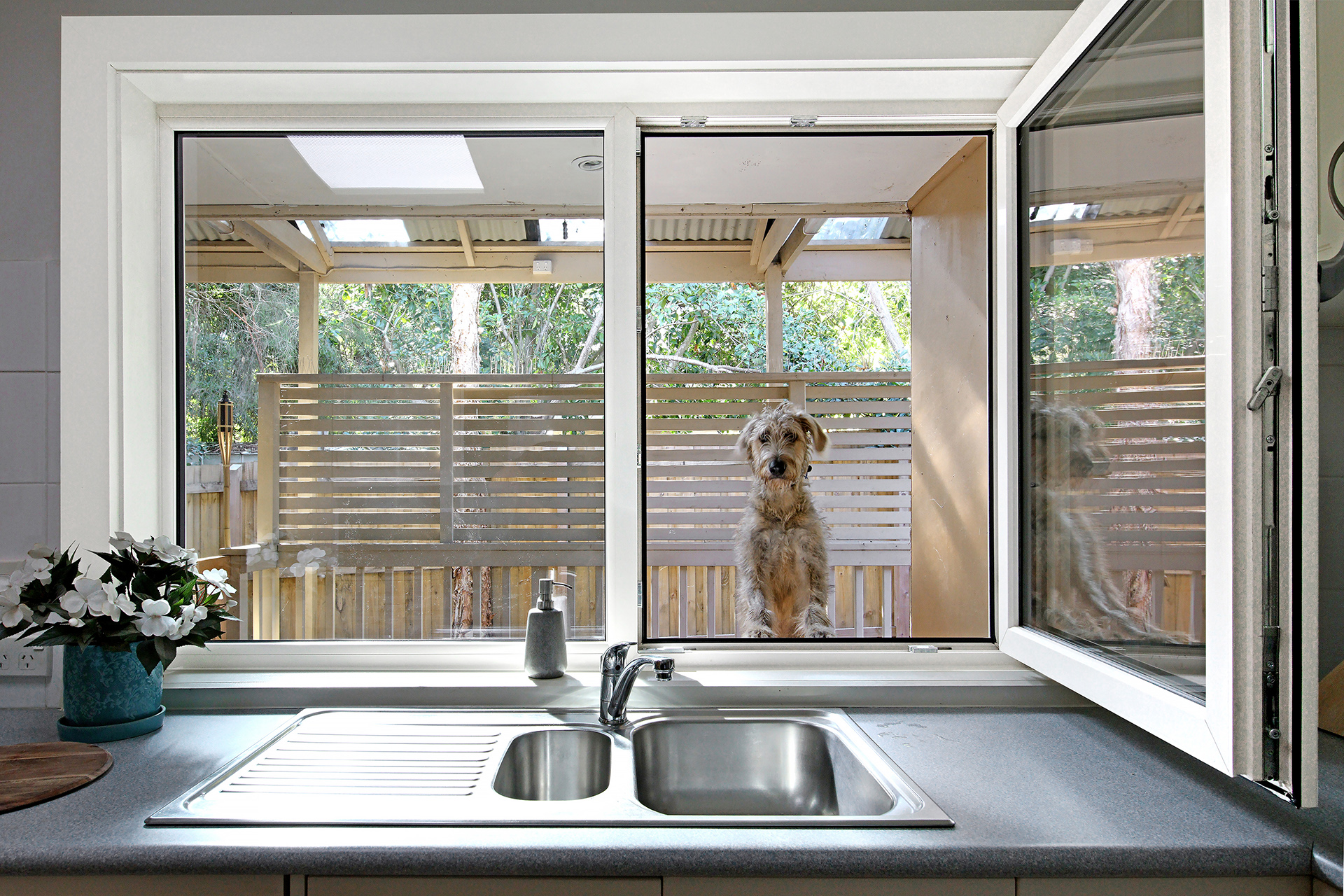All Categories
Featured
Table of Contents
Double Glazing - Windows - Doors in The Vines Perth
That window can send more solar heat in winter season than in summer season. A west-facing window on a summer season's afternoon has an angle of incidence from near 0 as much as 30 with a large reliable area of solar radiation. A north-facing window, in summer, has a high angle of occurrence and a low reliable area of solar radiation, so can transfer less heat than a west-facing one.

You can rapidly and easily improve the thermal performance of your home by replacing your windows. There are thousands of types of glass and frames to pick from.
Double Glazing Australia Blogs in Cannington Western Australia
There are numerous different types of glass products to pick from. Single glazing uses a single pane of glass. Single glazing with clear glass is not really effective when it comes to heat loss or gain. To improve efficiency, you can utilize single glazing with a more energy-efficient type of glass such as low emissivity (low-e) glass.
The energy performance of IGUs likewise depends on: the residential or commercial properties of each layer of glass. Various glass types (for example, clear and low-e glass) can be put together in an IGU.
Keeping Your House Cool In The Summer in Inglewood WA

IGU cavities can be filled with air or a more inert, low-conductivity gas such as argon the width of the cavity. Wider cavities supply lower (much better) U worths, with 12mm generally accepted as the preferred gap how well the cavity is sealed.
If argon is set up to the cavity in location of air, moisture is dependably left out the level of desiccant (drying agent). The spacer (metal or polymer strip) that separates the glass layers includes a desiccant to take in any wetness. Inadequate desiccant may cause moisture to condense on the glass surface area in cold conditions, minimizing thermal efficiency.
Why Is Double Glazing So Important In Winter? in Brookdale Perth
IGUs can provide much better energy efficiency for all climates, specifically in heated and air-conditioned homes. Cross-section information of single, double and triple-glazing systems Low emissivity glass (frequently known as low-e glass) minimizes heat transfer. Low-e glass may be either high or low transmission: High transmission low-e glass has a covering that allows daylight from the sun to enter your house to achieve excellent solar heat gain, however lowers the quantity of the long wavelength infrared heat that can escape back through the window.
Low-e glass has either a pyrolytic finishing or a vacuum-deposited thin movie metal finish. Pyrolytic finishes are resilient and can be utilized for any glazing; vacuum-deposited finishings are soft and are only utilized within IGUs. Low-e finishes can considerably improve both U value and SHGC; nevertheless, they should be used correctly or they will either weaken or stop working to carry out as required.
Keeping Your House Cool In The Summer in Woodbridge WA
Low-e coverings can be used in mix with clear, toned or reflective glass. Low-e coatings on glazing can lower heat transfer where required Photo: Department of Industry, Science, Energy and Resources Toned glass has colouring ingredients consisted of during manufacture. It is available in numerous colours, typically bronze, grey, blue and green.
Latest Posts
Why Is Double Glazing So Important In Winter? in Floreat Western Australia
Pros And Cons Of Argon Gas In Windows in Bedford Perth
Can I Have Double Glazing In A Summerhouse? in Madeley Perth